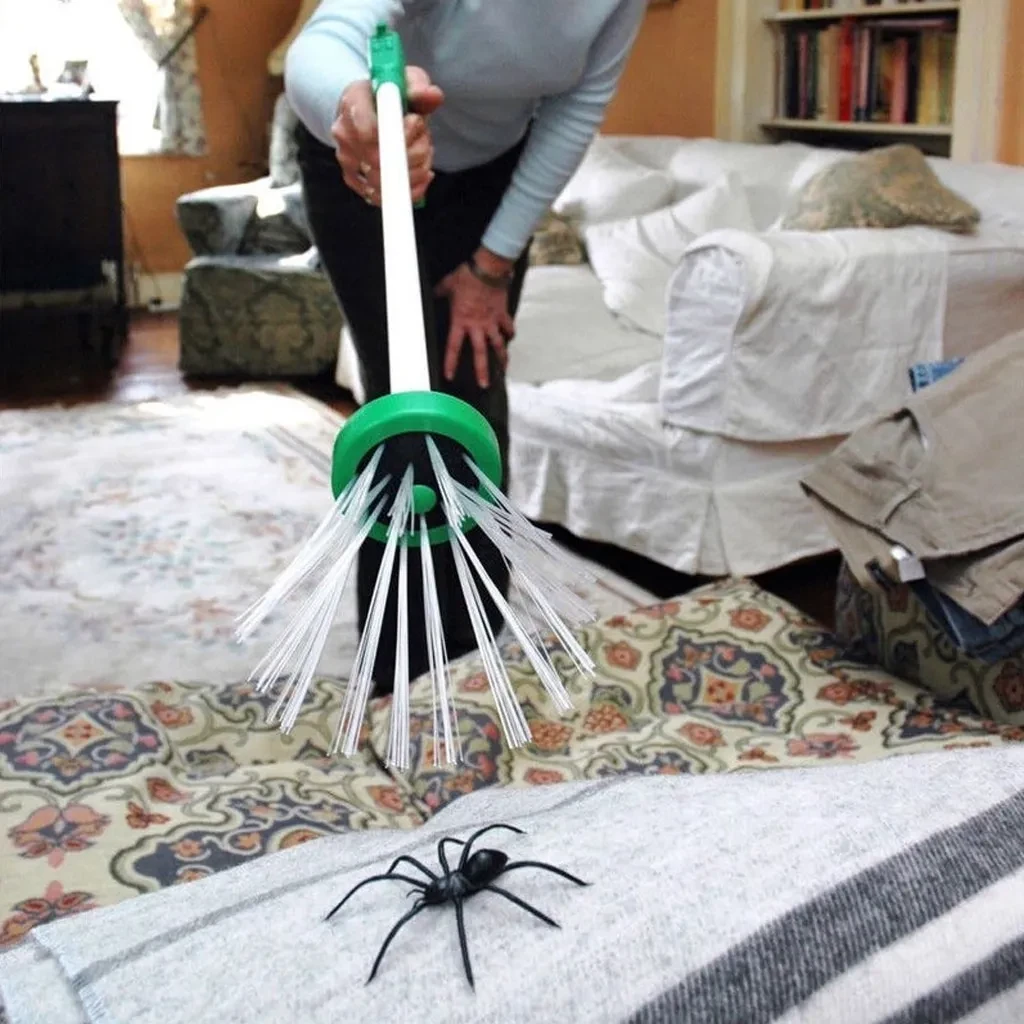
Bug Catcher
Product size: 65 * 13.5 * 6cm
Spider catchers can easily remove spiders, small animals and other crawling insects without touching them. The long-handled spider trap is
65 cm (2 feet) in length and is safe and comfortable from the target insect. This way, those worried about spiders can easily remove them
and ensure easy access to hard-to-reach areas. The bristles are gentle enough to catch small bugs like butterflies, moths and dad's long
legs. They are hygienic and harmless. Just want to pull the trigger and release. One way to keep your child in conversation is a humane
choice for a spider catcher's vacuum.
Instructions for use:
step 1. To remove unwanted insects, aim the bristles at the wrong target and compress the trigger
Step 2. Place the mane on the insect you want to capture and release the trigger. The bug should now be caught in the bristles of the spider
catcher
Step 3. Take the spider catcher outside, release the insects by compressing the handles, and release after the bugs are released
note:
Due to manual measurement, allow slight deviations.
Due to differences between different monitors, the picture may not reflect the actual colors of the item.
packing list
The package includes:
1x Insect Catcher

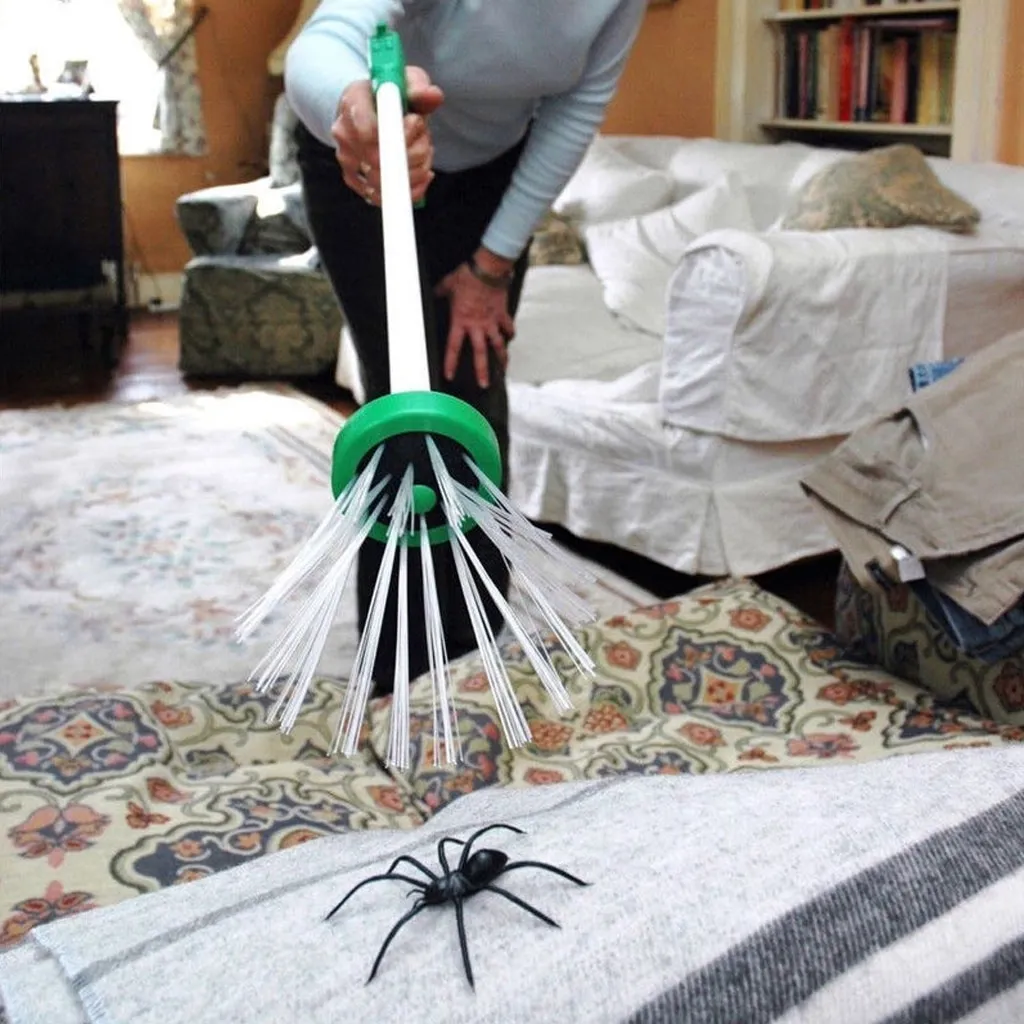
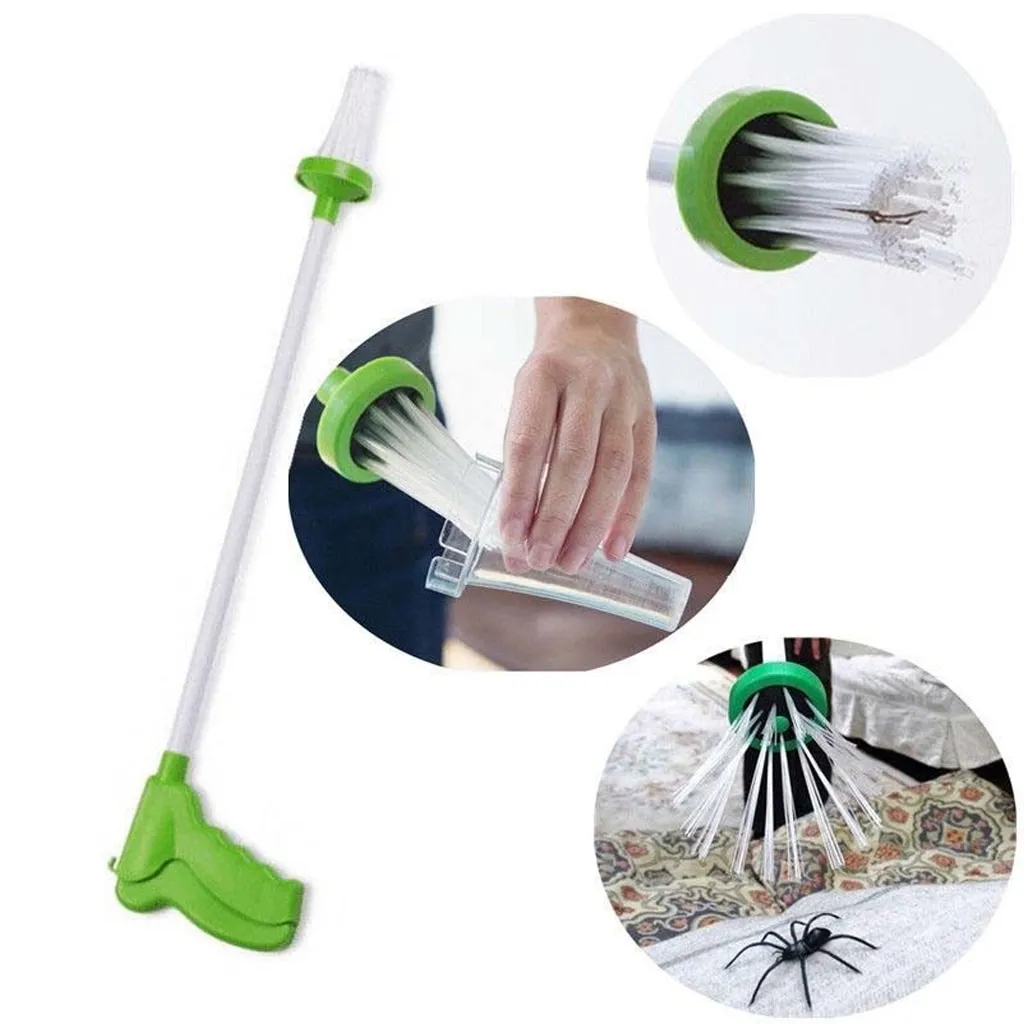
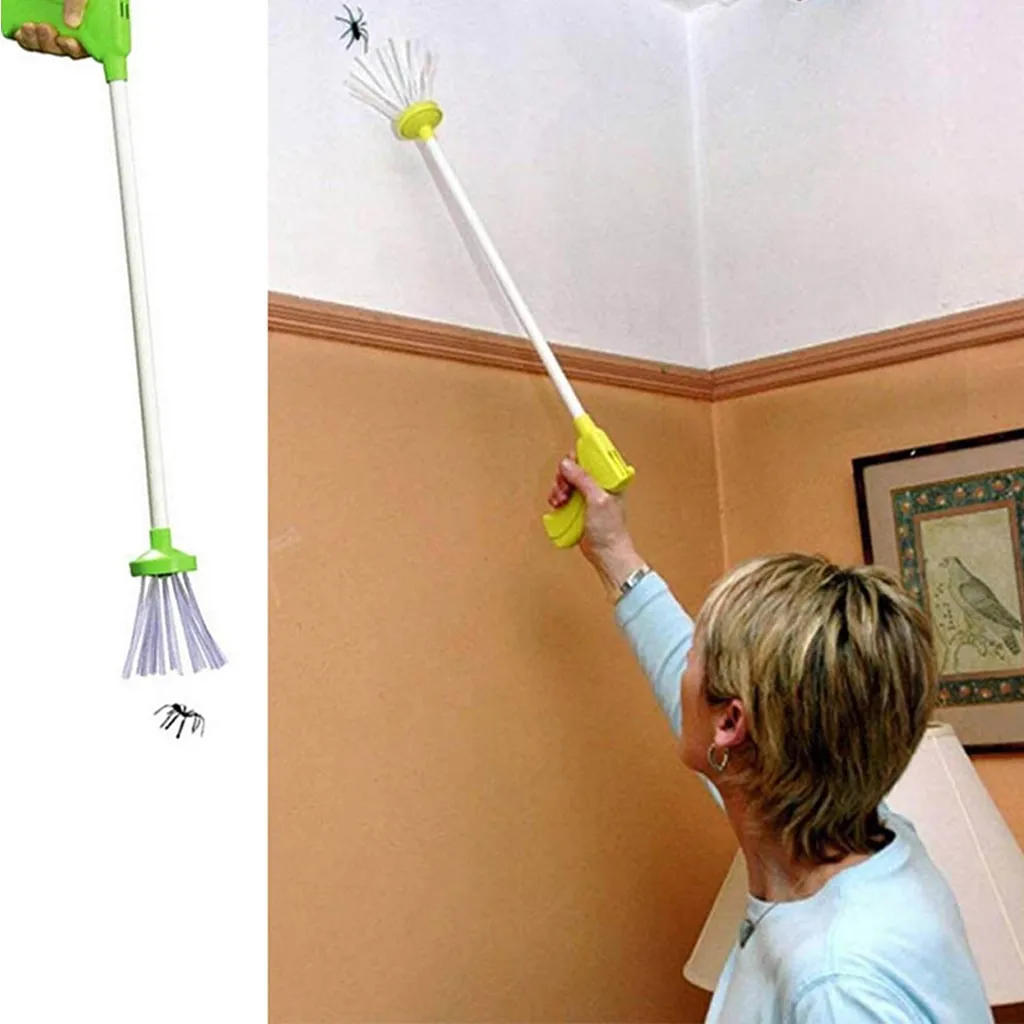
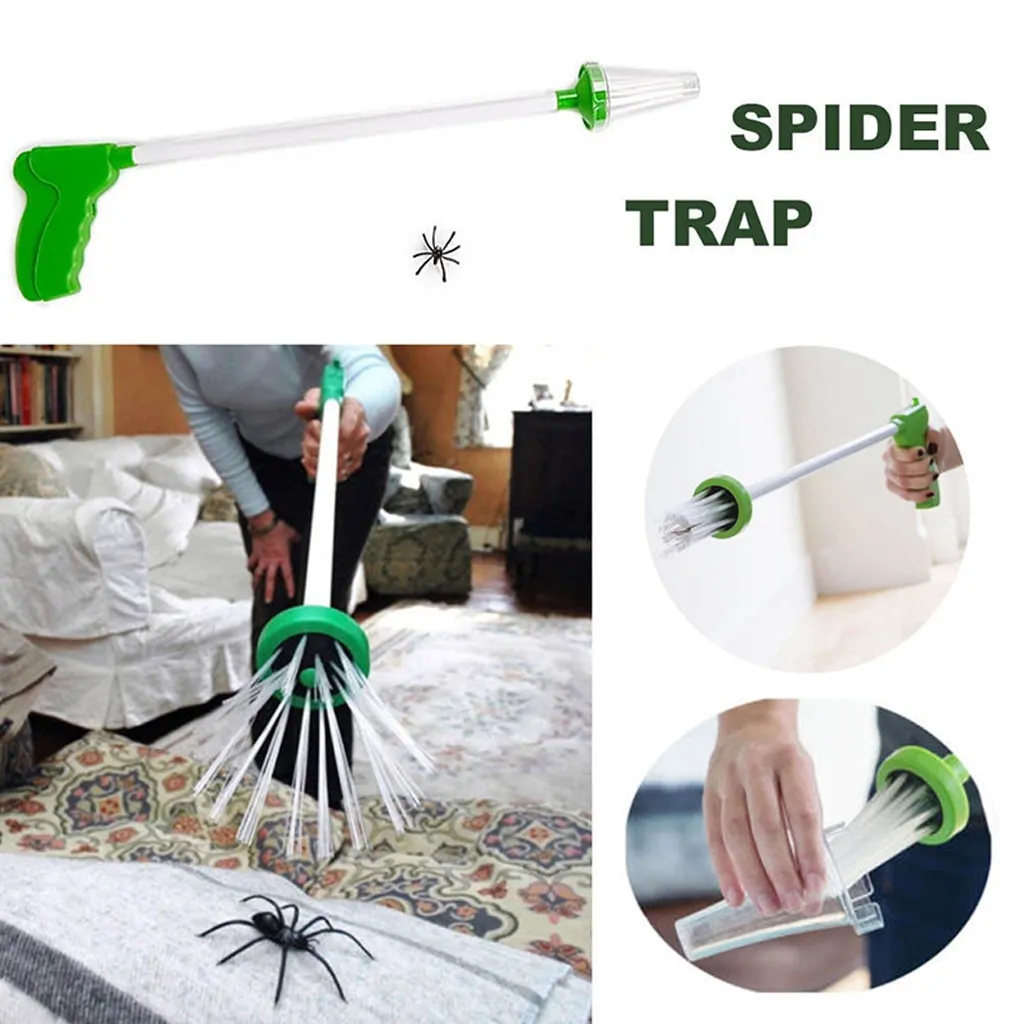
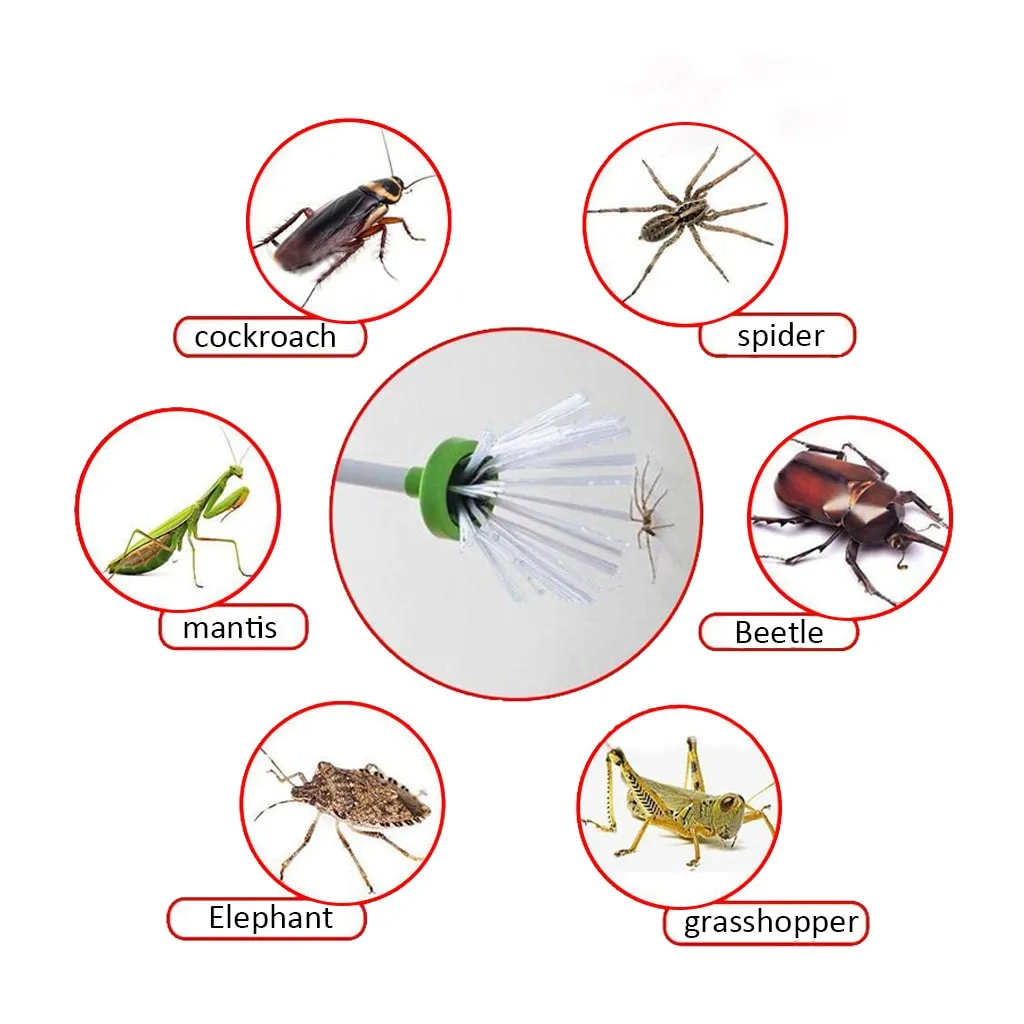
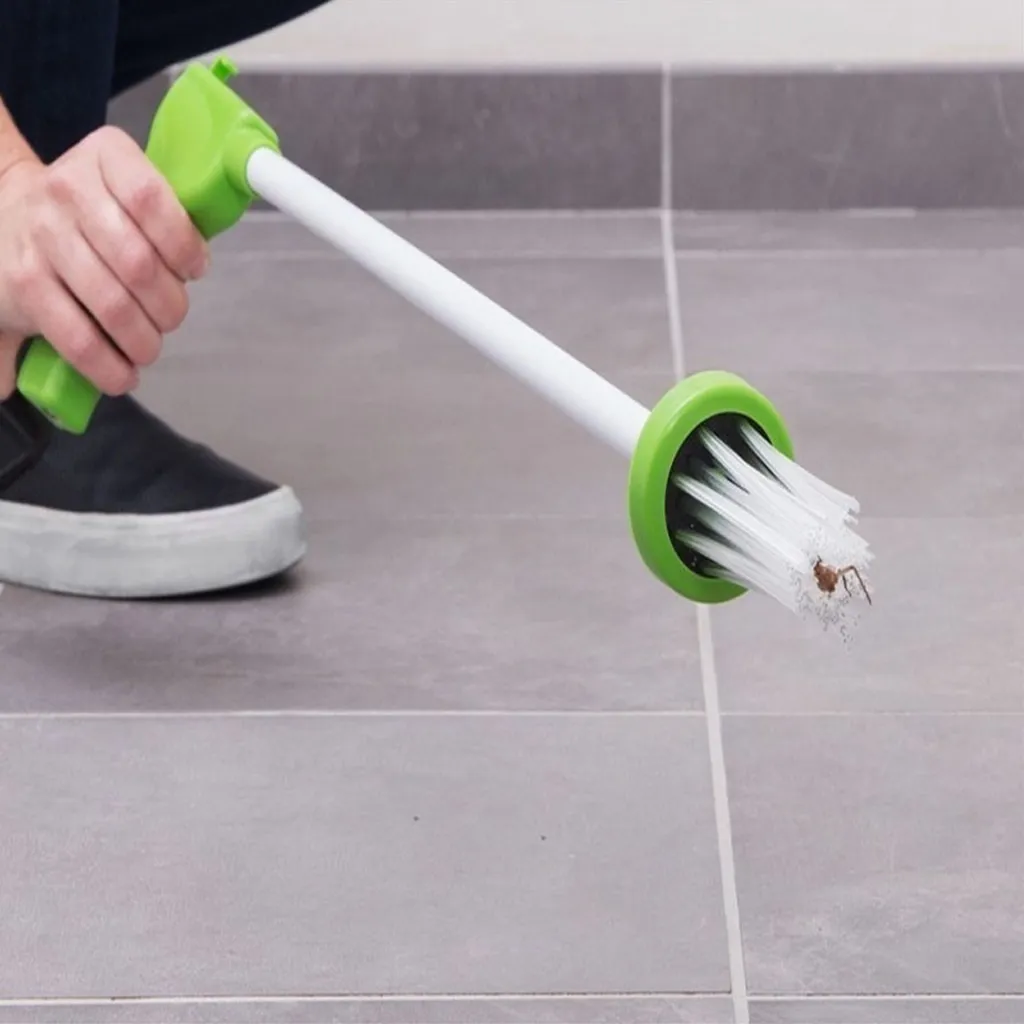

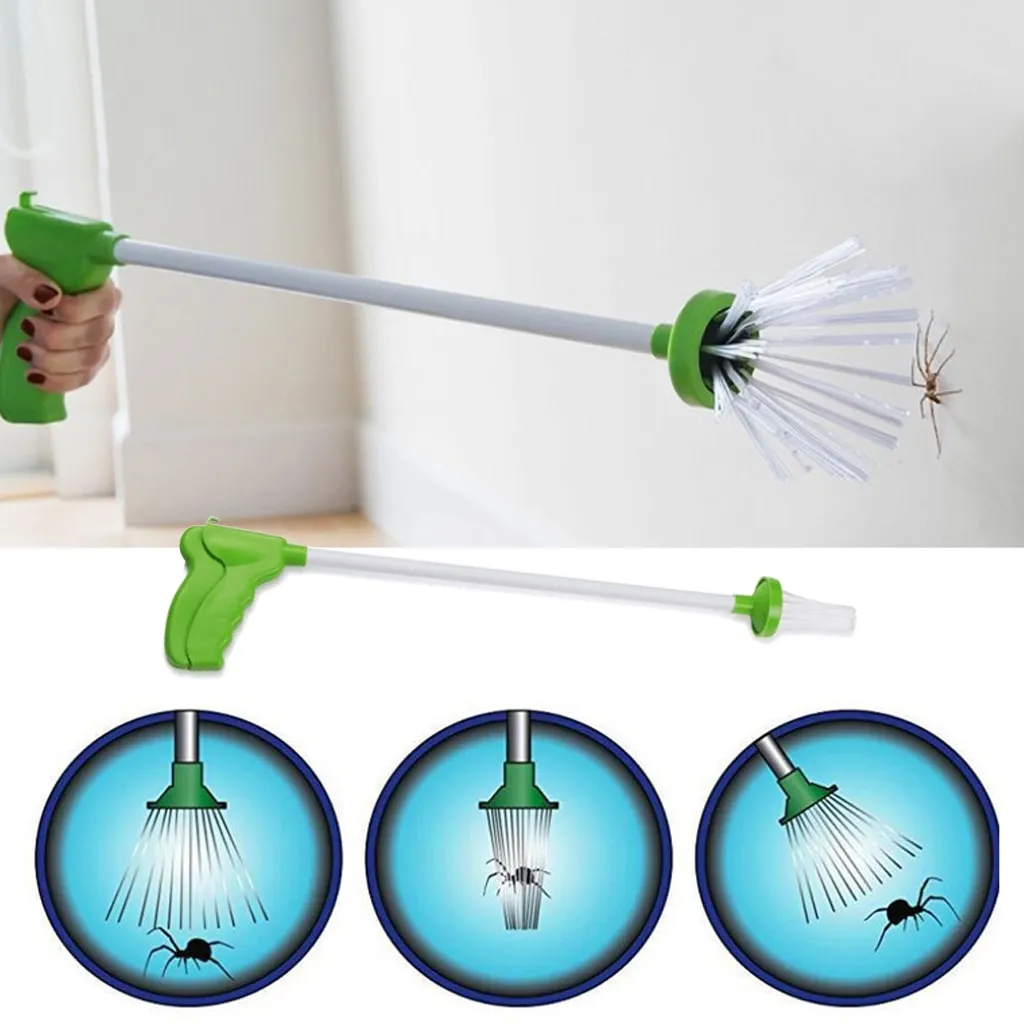
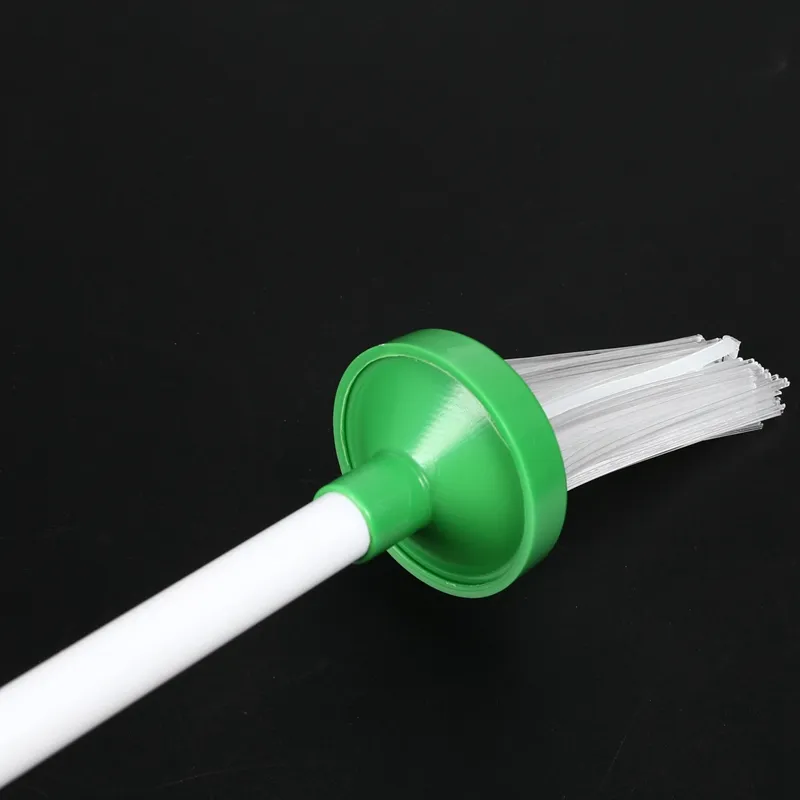
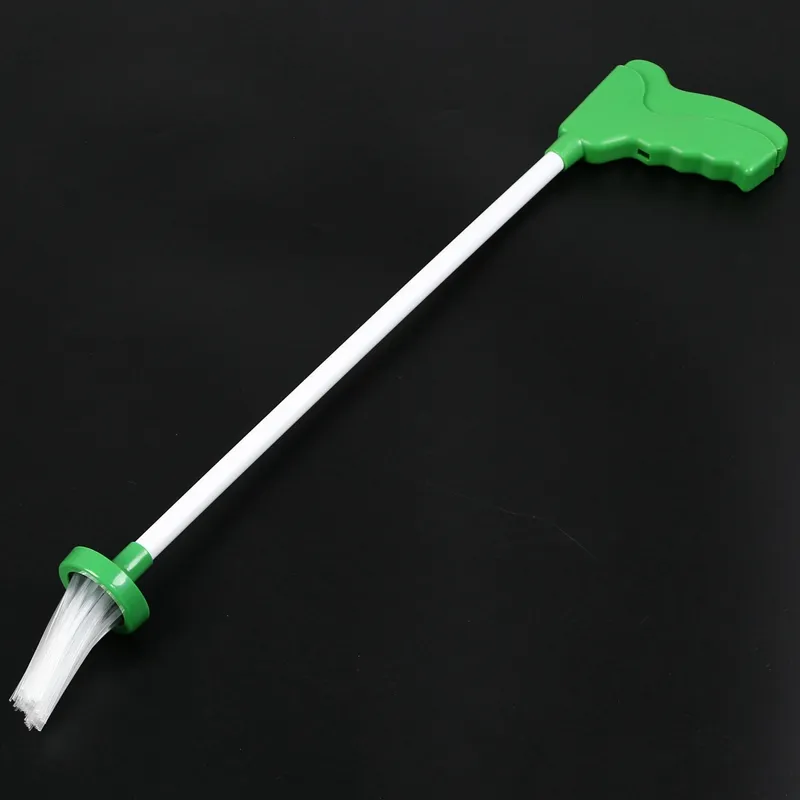
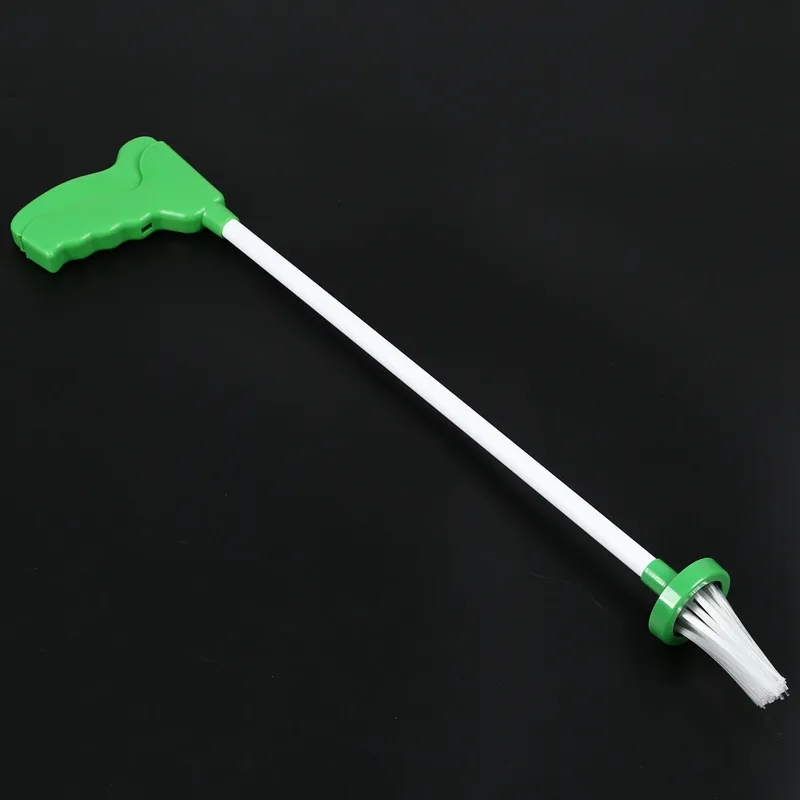
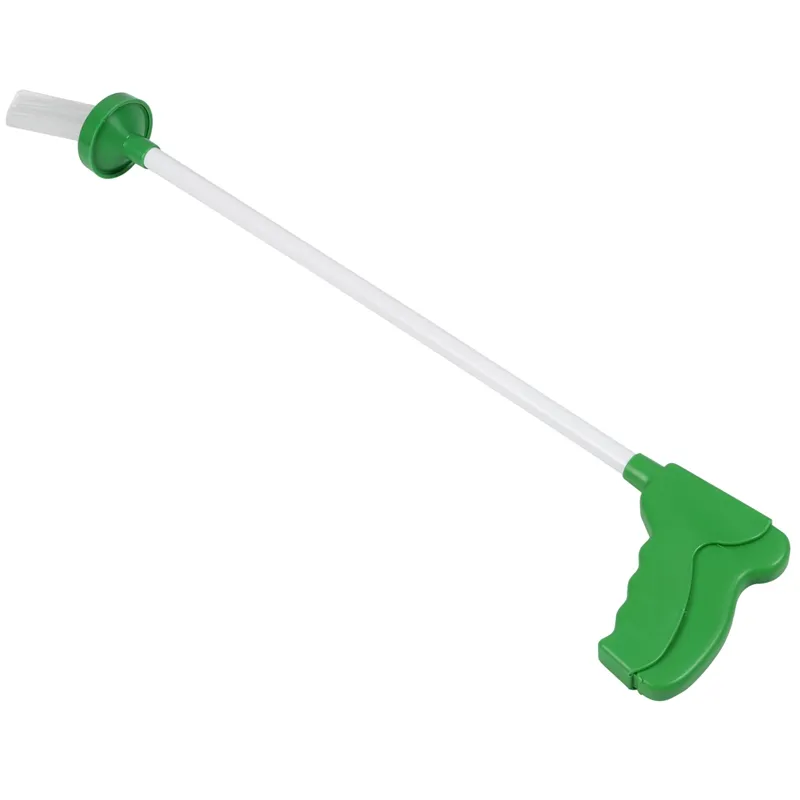
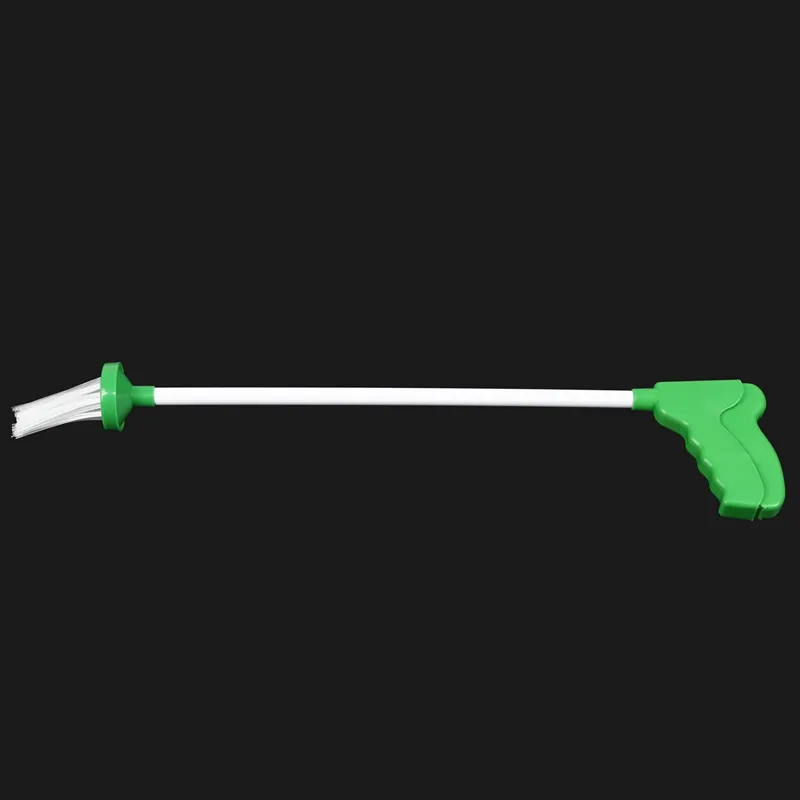
Bug Catcher: Efficient and Eco-Friendly Way to Handle Insects
Meta Description: Discover the best bug catcher tools for safely trapping and removing insects without harming them. Ideal for households, gardens, and eco-conscious individuals. Keywords: bug catcher, insect catcher, eco-friendly bug catcher, bug removal tool, pest control, insect trap, household bug catcher, garden bug catcher, bug catching tool NZ.
Introduction to Bug Catcher Tools
A bug catcher is a simple yet highly effective tool designed to capture and remove insects from your home or garden without causing harm to them. Whether you’re dealing with flies, mosquitoes, ants, or spiders, a bug catcher allows you to safely trap and relocate these creatures, making it an ideal solution for those who prefer an eco-friendly, humane approach to pest control.
Using a bug catcher provides several advantages over traditional methods like sprays and traps, especially for those who want to avoid harmful chemicals or simply don’t want to kill insects. This makes it a great option for households, eco-conscious individuals, and gardeners. In this article, we’ll explore the benefits of using a bug catcher and how to use it effectively.
What Is a Bug Catcher?
A bug catcher is a specialized tool designed to capture insects with minimal harm. It typically consists of a long handle and a transparent container or trap that allows you to see the insect inside. The device usually has a mechanism, such as a suction or an enclosure system, to trap the insect securely. Many bug catchers are designed to be gentle, allowing for the safe relocation of insects back to the wild.
Bug catchers come in a variety of designs, from handheld devices to larger, more sophisticated traps. Some models may have a catch-and-release function that prevents direct contact with the insect, while others are designed to trap bugs temporarily for easier relocation.
Benefits of Using a Bug Catcher
1. Humane Insect Control
One of the primary benefits of using a bug catcher is that it provides a humane method of pest control. Rather than killing insects with chemicals or other harmful methods, a bug catcher allows you to safely trap and release them into a natural environment. This is especially important for people who prefer non-lethal pest control methods or want to avoid the use of pesticides in their home or garden.
-
No Harm to Insects: The trap does not cause injury or death to insects, making it ideal for those who care about the
welfare of all creatures.
-
Eco-Friendly: By using a bug catcher, you avoid the environmental impact of harmful chemicals and contribute to a healthier
ecosystem.
2. Safe and Easy to Use
Bug catchers are designed to be safe and easy to use, making them suitable for people of all ages. Most bug catchers have an intuitive design, allowing you to trap bugs quickly and without the risk of direct contact.
-
No Chemicals: There are no chemicals involved, making bug catchers a safer alternative to sprays, which can be toxic to
pets, children, and even adults.
-
No Mess: Using a bug catcher eliminates the need to clean up after dead insects, creating a cleaner and more efficient way
to deal with pests.
3. Reusable and Durable
Many bug catchers are made from durable materials like plastic or stainless steel, ensuring they last for multiple uses. Instead of relying on disposable traps or harmful sprays, a bug catcher can be reused over time, making it a cost-effective solution.
-
Long-Lasting: Reusable and durable, a bug catcher is built to withstand frequent use, providing an ongoing solution to pest
issues.
-
Low Maintenance: Bug catchers are easy to clean, requiring minimal effort to maintain them for repeated use.
4. Ideal for Household and Garden Use
Bug catchers are versatile and can be used both indoors and outdoors. Whether you’re dealing with household pests like flies, ants, or spiders or outdoor insects like beetles and mosquitoes, a bug catcher is an effective way to keep your space pest-free without harming the environment.
- Indoor Use: Great for dealing with bugs in the home, such as spiders or moths.
- Outdoor Use: Perfect for catching insects in the garden or patio, such as mosquitoes and garden pests.
How to Use a Bug Catcher
Using a bug catcher is straightforward and simple. Here’s a step-by-step guide on how to use the tool effectively:
Step 1: Choose the Right Bug Catcher
-
Select a bug catcher based on the type of insects you want to capture. There are different models designed for various types of bugs, from
smaller flying insects to larger crawling pests.
Step 2: Approach the Insect Slowly
-
When you spot an insect, approach it slowly and gently to avoid scaring it. Bug catchers often have a long handle, so you don’t need to get
too close to the insect.
Step 3: Trap the Insect
-
Once you're close enough, use the catcher's mechanism to trap the insect. Depending on the model, this could involve sliding a lid over the
opening or using a suction function to draw the insect into the trap.
Step 4: Release the Insect
-
After capturing the insect, take it outside to release it in a safe area, such as a garden or wooded area. Most bug catchers have a
transparent design, so you can see the insect inside before releasing it.
Types of Bug Catchers
1. Handheld Bug Catchers
Handheld bug catchers are the most common type. These often feature a long handle with a transparent chamber at the end, where the insect is trapped. The handle allows for precise control, making it easy to capture bugs without direct contact.
- Great for Small Insects: Best for catching flies, spiders, moths, and other small pests.
- Easy to Use: Ideal for beginners or anyone looking for a simple and quick solution.
2. Bug Catching Traps
Bug catching traps are larger and often used for capturing more insects at once. These traps can be placed in areas with heavy insect activity, such as near windows or in gardens.
- Effective for Larger Areas: Ideal for outdoor use, capturing a variety of insects over a wider area.
- Can Be Used Indoors or Outdoors: Versatile for home or garden pest control.
3. Electric Bug Catchers
For those who want a more high-tech solution, electric bug catchers use light to attract and trap insects. These are particularly effective for mosquitoes and other flying insects.
- Attracts Insects with Light: Attracts bugs using UV light and traps them inside a mesh or container.
- Suitable for Night Use: Perfect for capturing insects that are most active at night, such as mosquitoes.
The product may be provided by a different brand of comparable quality.
The actual product may vary slightly from the image shown.
Shop amazing plants at The Node – a top destination for plant lovers

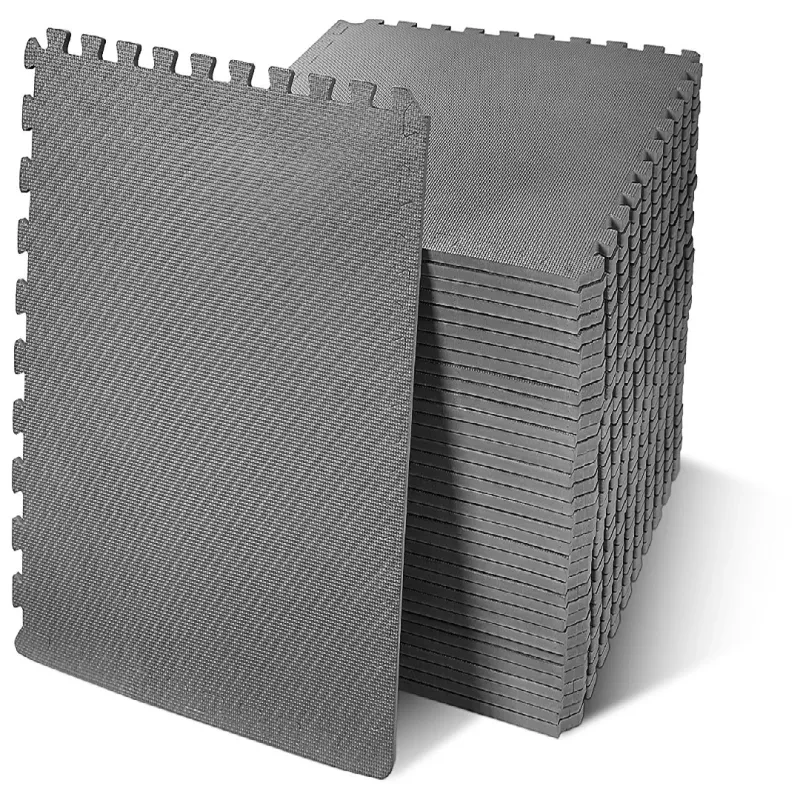
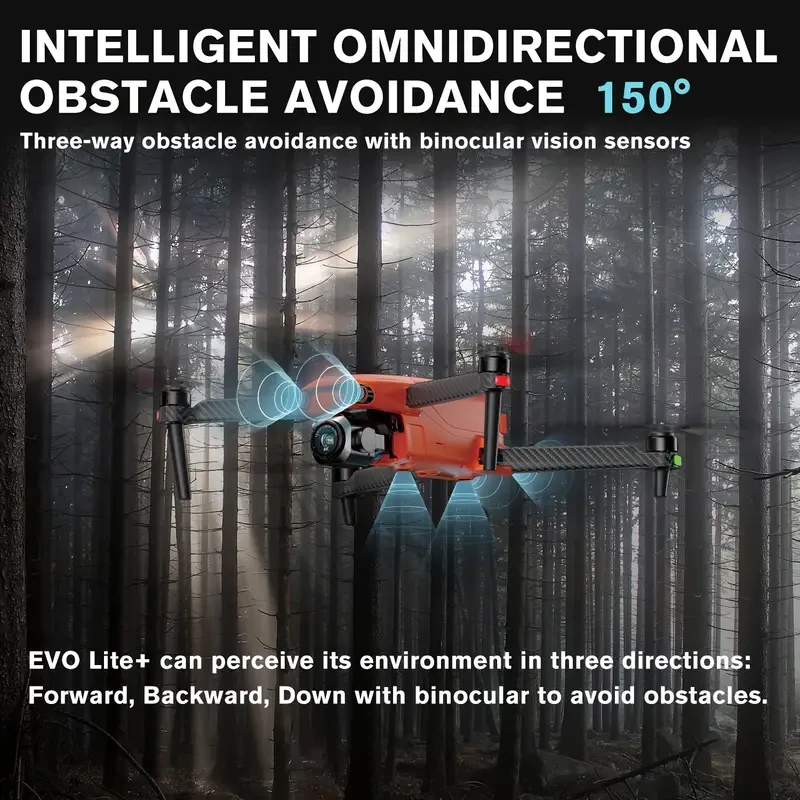
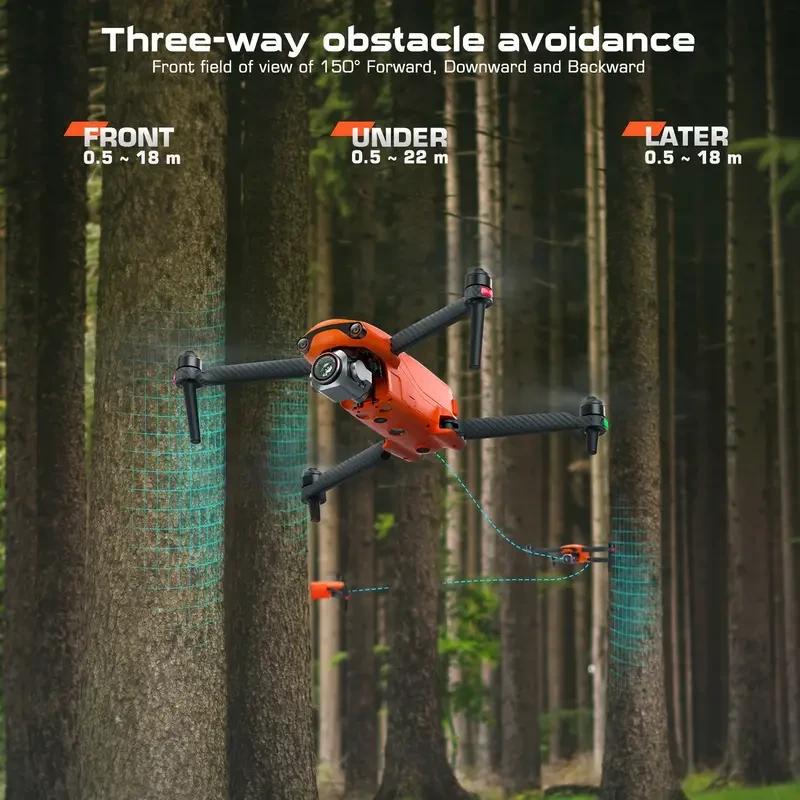
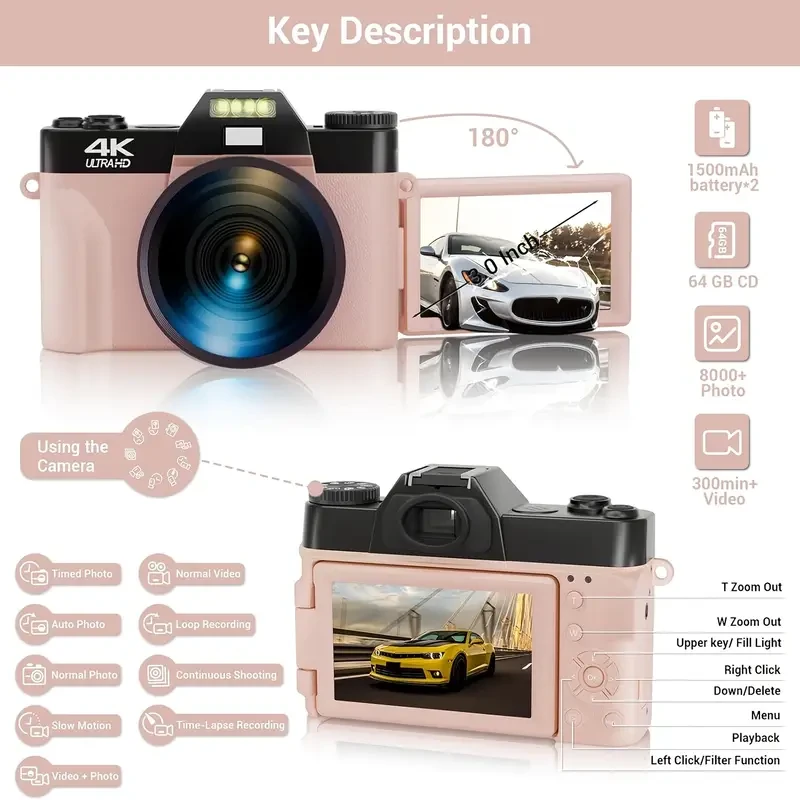
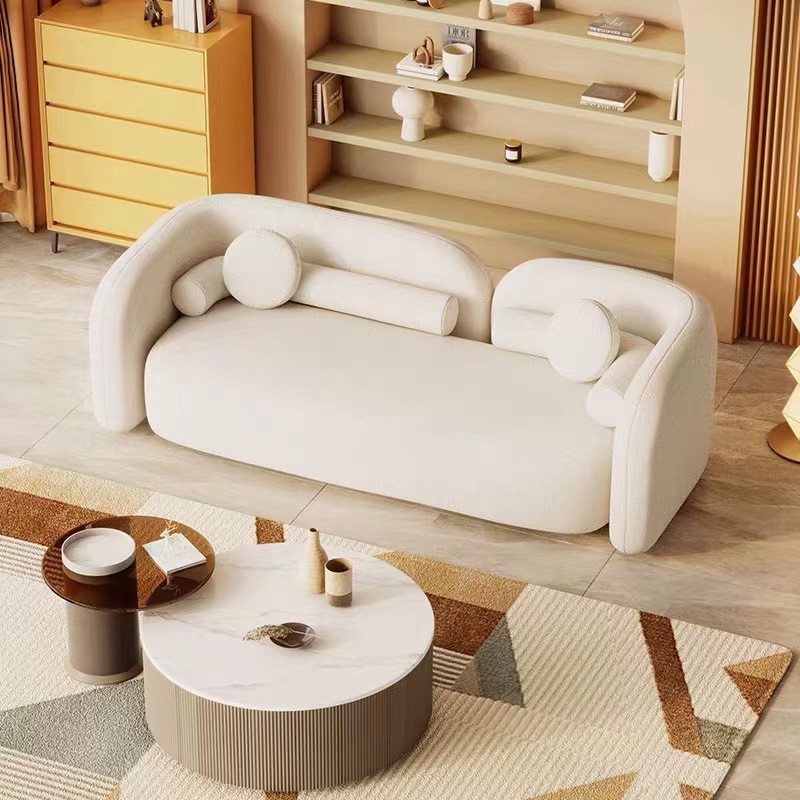

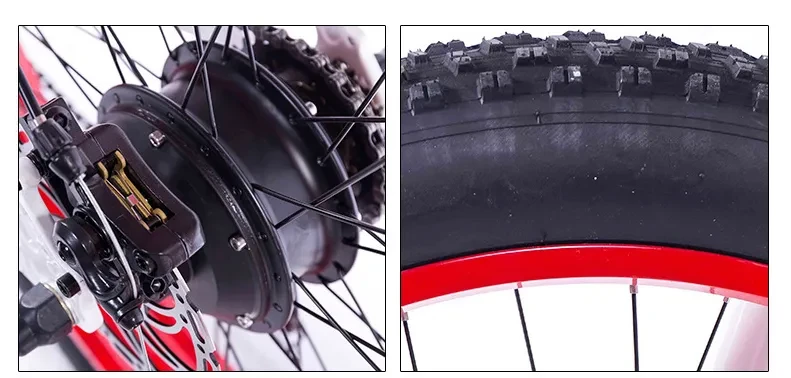


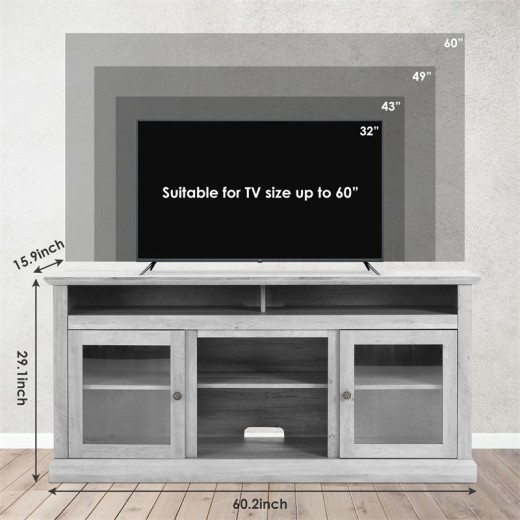
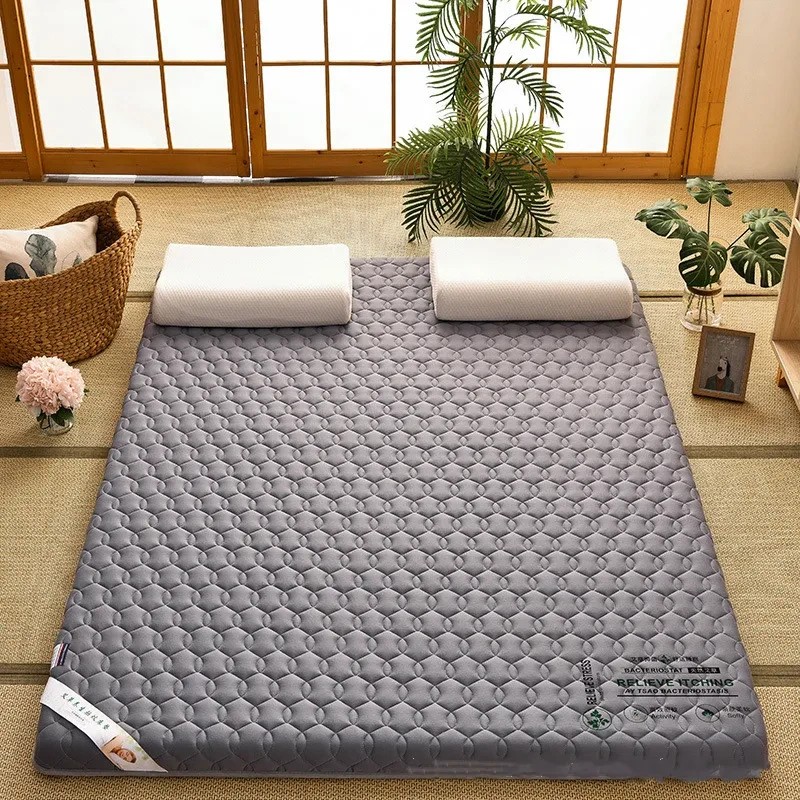
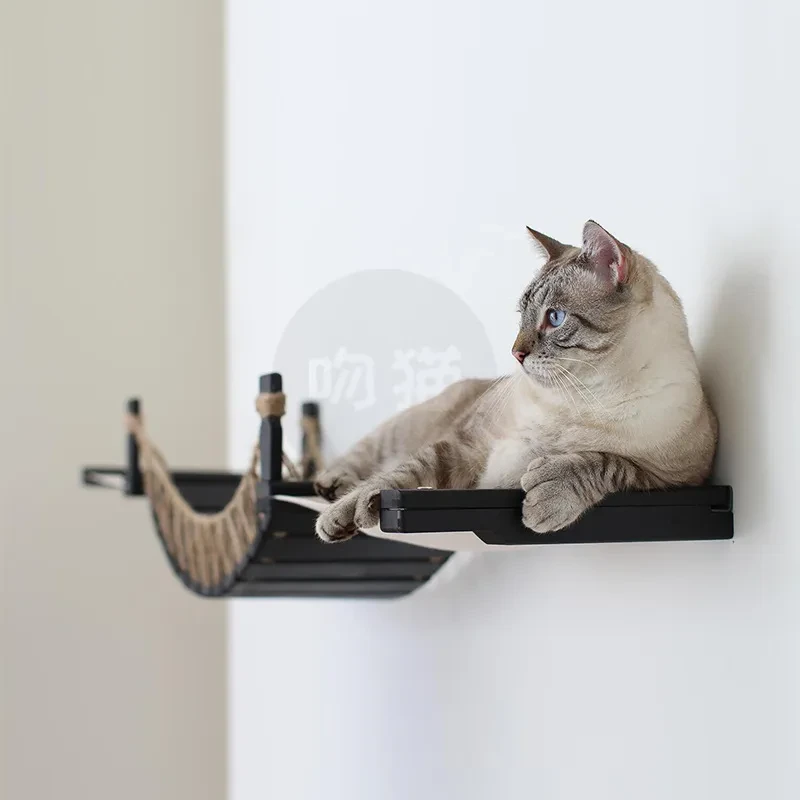









.jpg)
















































ulva-Logo.jpg)
